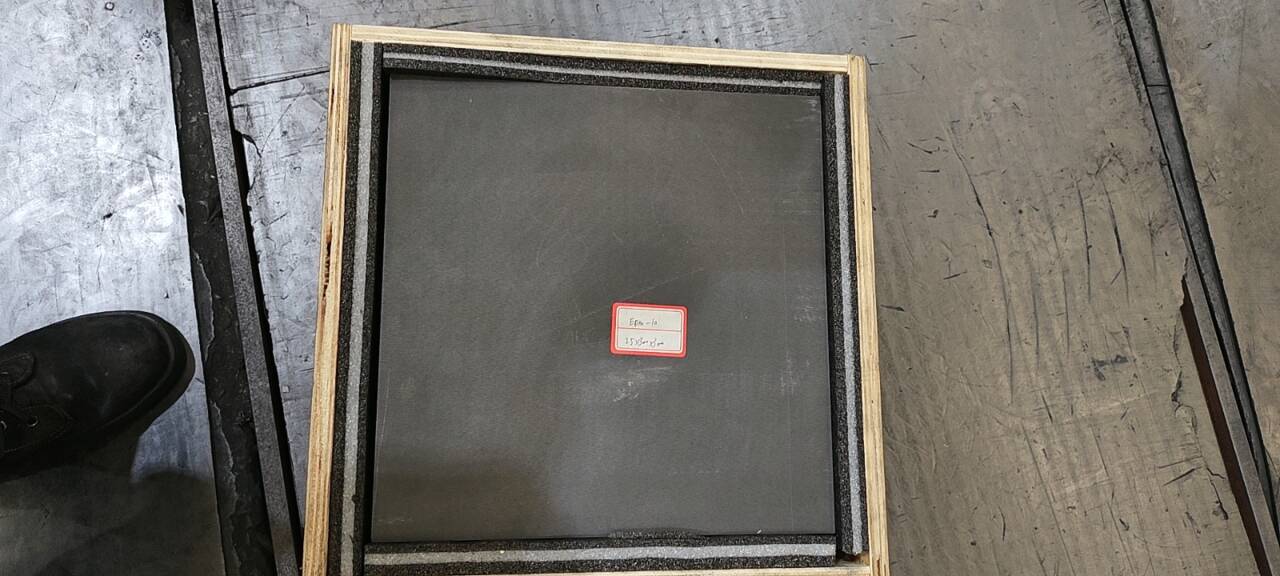- How to choose the electrode material for your EDM machine? Graphite Electrodes or Copper Electrodes?
- Unlock Precision Manufacturing at CIMT 2025: Discover Cutting-Edge EDM Solutions
- Applications of Wire Cutting Machines
- What are the Advantages of wire EDM Machine with Auto wire threading?
- What are the Characteristics of Working Fluid for Wire EDM Machine?
- Merry Christmas &Happy New Year of 2025!
- What is the working principle of Chemical Deburring (Electrochemical Deburring)?
- What are the differences between the Wire Cut EDM machine and the Laser Cutting Machine?
- FRQ about how to choose a suitable wire cut EDM machines
- What is the main usage of the wire cut EDM machines?
In electrical discharge machining (EDM), graphite electrodes and copper electrodes are the two most commonly used electrode materials. Each has its own characteristics and is suitable for different processing scenarios. Below is a detailed comparison between them across various dimensions, along with some selection recommendations.

To help you quickly grasp their key differences, here is a table summarizing their core characteristics:
|
Characteristic |
Graphite Electrodes |
Purple Copper Electrodes |
|
Machining Speed |
Fast (significant advantage in rough machining, 3-5 times faster than copper) |
Relatively slow |
|
Electrode Wear |
Low (can achieve "near-zero wear" in rough machining) |
Relatively low (less wear during fine machining) |
|
Surface Quality |
Average (can achieve VDI12, Ra0.4μm) |
Excellent (can achieve mirror finish Ra<0.1μm, more stable surface quality in fine machining) |
|
Machining Precision |
High (low thermal expansion coefficient, less prone to deformation) |
Relatively high (but thermal expansion coefficient is 4 times that of graphite, prone to deformation at high temperatures) |
|
Machinability |
Excellent (low cutting resistance, easy to clear corners, no burrs) |
Poor (soft texture, prone to sticking, and burr formation) |
|
Weight |
Light (density is about 1/5 that of copper) |
Heavy |
|
Cost |
Stable material price, high processing efficiency, potentially lower overall cost |
Material is a non-renewable resource, with a rising price trend |
|
Applicable Scenarios |
Large and medium-sized electrodes, rough machining, complex shapes, deep and narrow ribs |
Small and medium-sized electrodes, high surface quality requirements, precision machining, ultra-precision machining (e.g., mirror finishing) |
🧷 Selection Reference
Choosing the right electrode material requires a comprehensive consideration of processing requirements, electrode characteristics, and practical conditions:
- Pursuing Efficiency and Large-Scale Machining: For large workpieces, rough machining, or deep and narrow rib machining, graphite electrodes offer significant advantages in speed, wear resistance, and weight.
- Pursuing Ultimate Surface Quality: If mirror finishing or very fine surface quality (Ra < 0.4μm) is required, copper electrodes are currently the more reliable choice.
- Complex Shapes and Details: For electrodes with complex shapes, fine contours, or thin-walled structures, graphite is easier to machine and less prone to deformation.
- Overall Cost and Automation: If overall production efficiency and automation (e.g., no burrs, reduced clamping times) are priorities, graphite may be more advantageous. For small-batch, high-precision machining, purple copper still holds its ground.
💎 Summary
In simple terms:
- Graphite electrodes are like "speed players": fast processing, low wear, and light weight, especially suitable for rough and semi-finish machining of large workpieces and complex shapes, but slightly inferior when pursuing ultimate surface smoothness.
- Copper electrodes are "quality players": excelling in providing exceptional surface quality during fine machining, suitable for small and medium-sized high-precision workpieces, but with relatively lower processing efficiency and poor machinability.
Ultimately, the choice depends on your specific needs (machining stage, precision, surface requirements, electrode shape and size) and workshop conditions (e.g., availability of dedicated graphite machining equipment).
I hope this information helps you make a more informed decision.
- What is Medium Speed Wire Cut EDM?
- Our coiled brass tube is very popular for its fine quality in overseas market
- How to avoid the pitting start line during Wire cutting EDM?
- How to remove the wire lines on the wire cutting EDM surface?
- Better Sourcing &Purchasing service is offered on CIMT2017
- Our EDM Hole Popping machines are popular in European market
- Home - About us - New products - News - FAQ - Inquiry - Contact us - Sitemap






 2025-11-20
2025-11-20